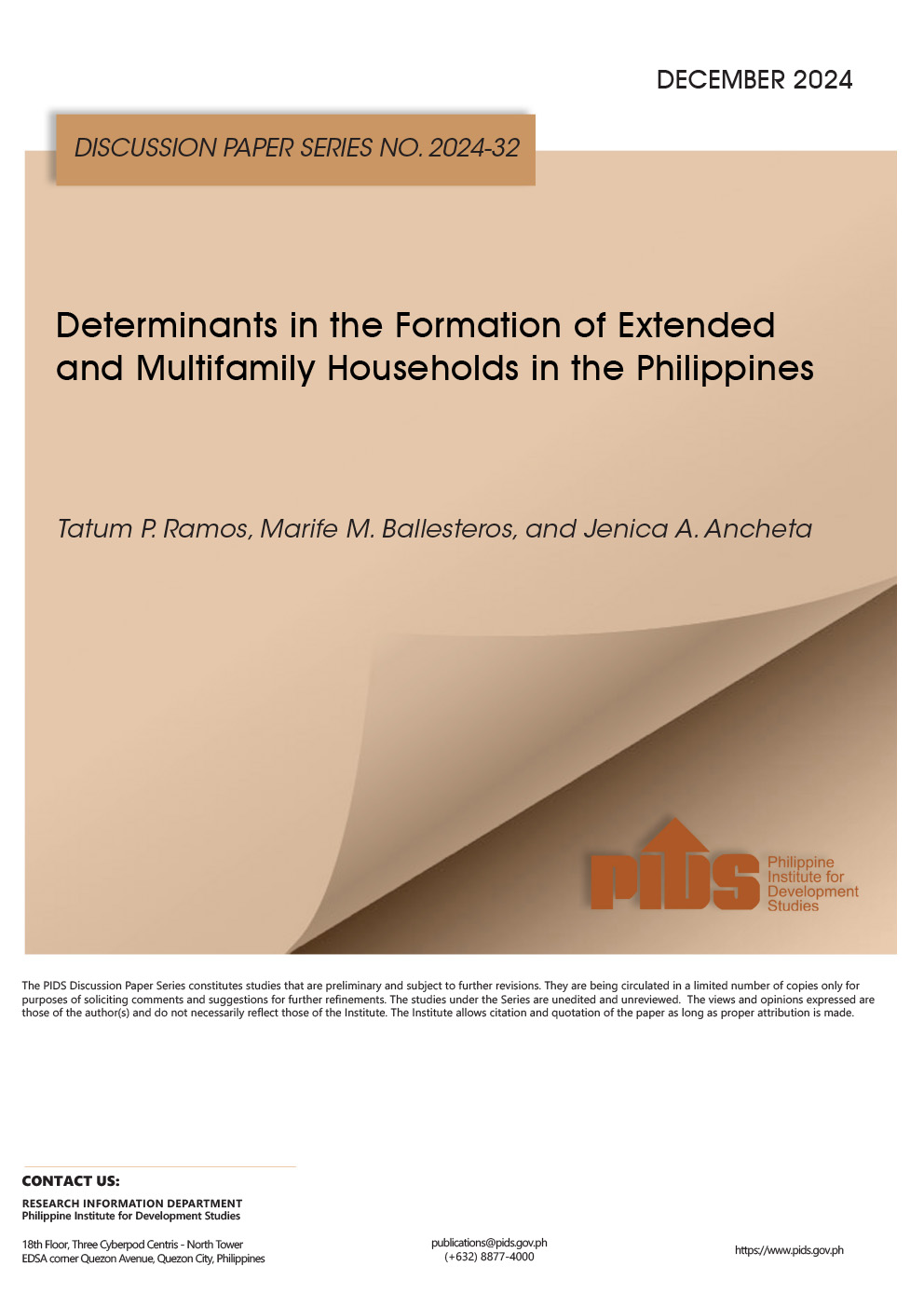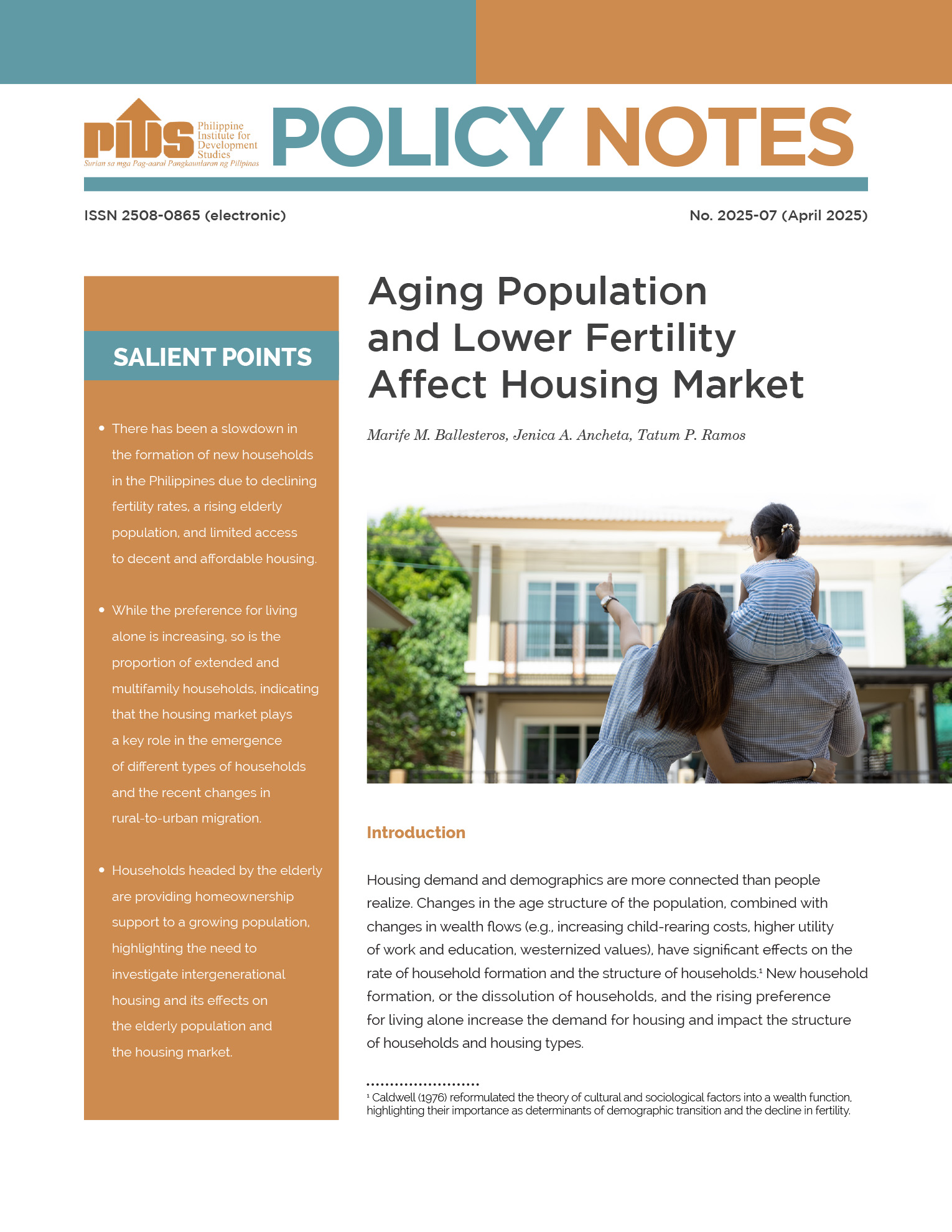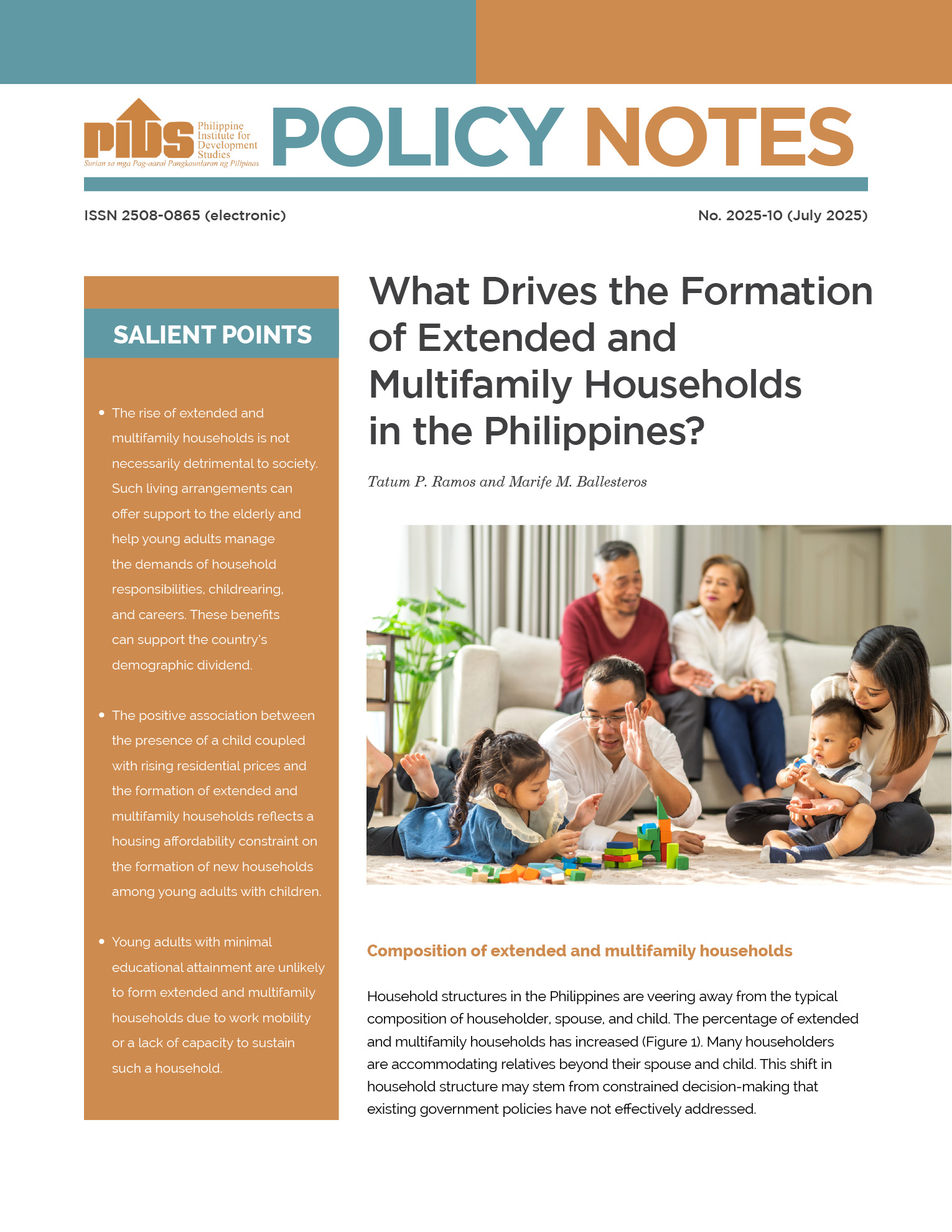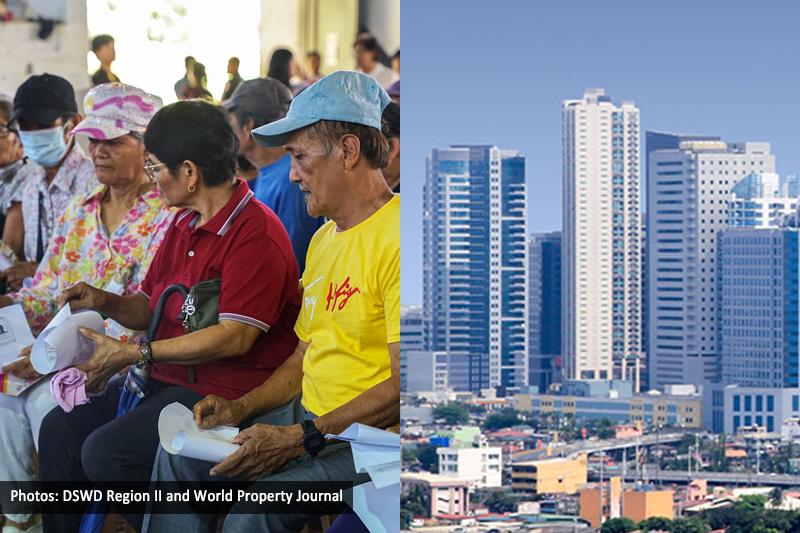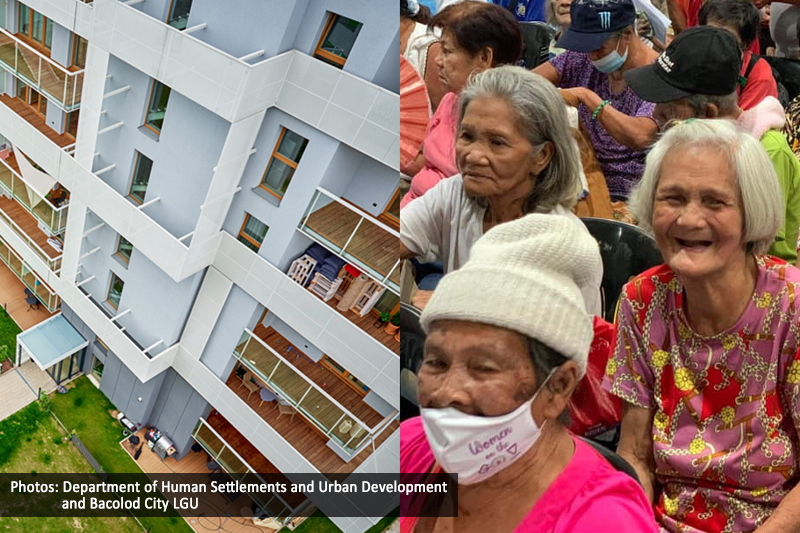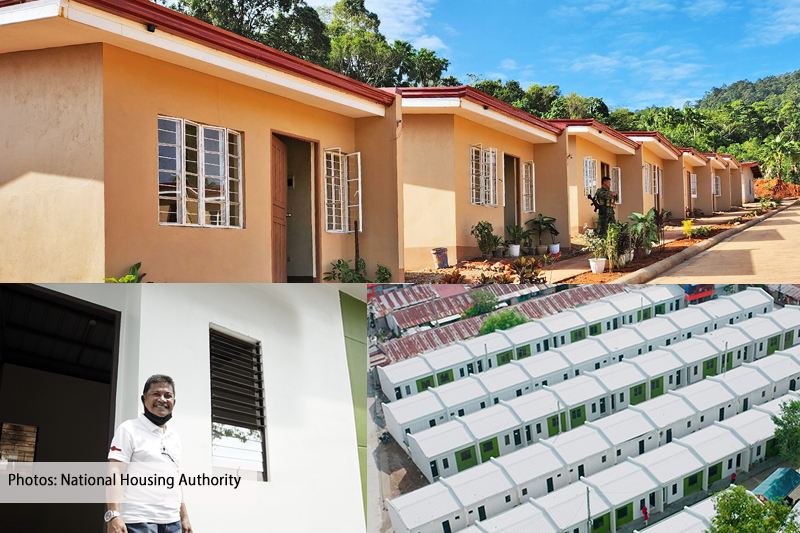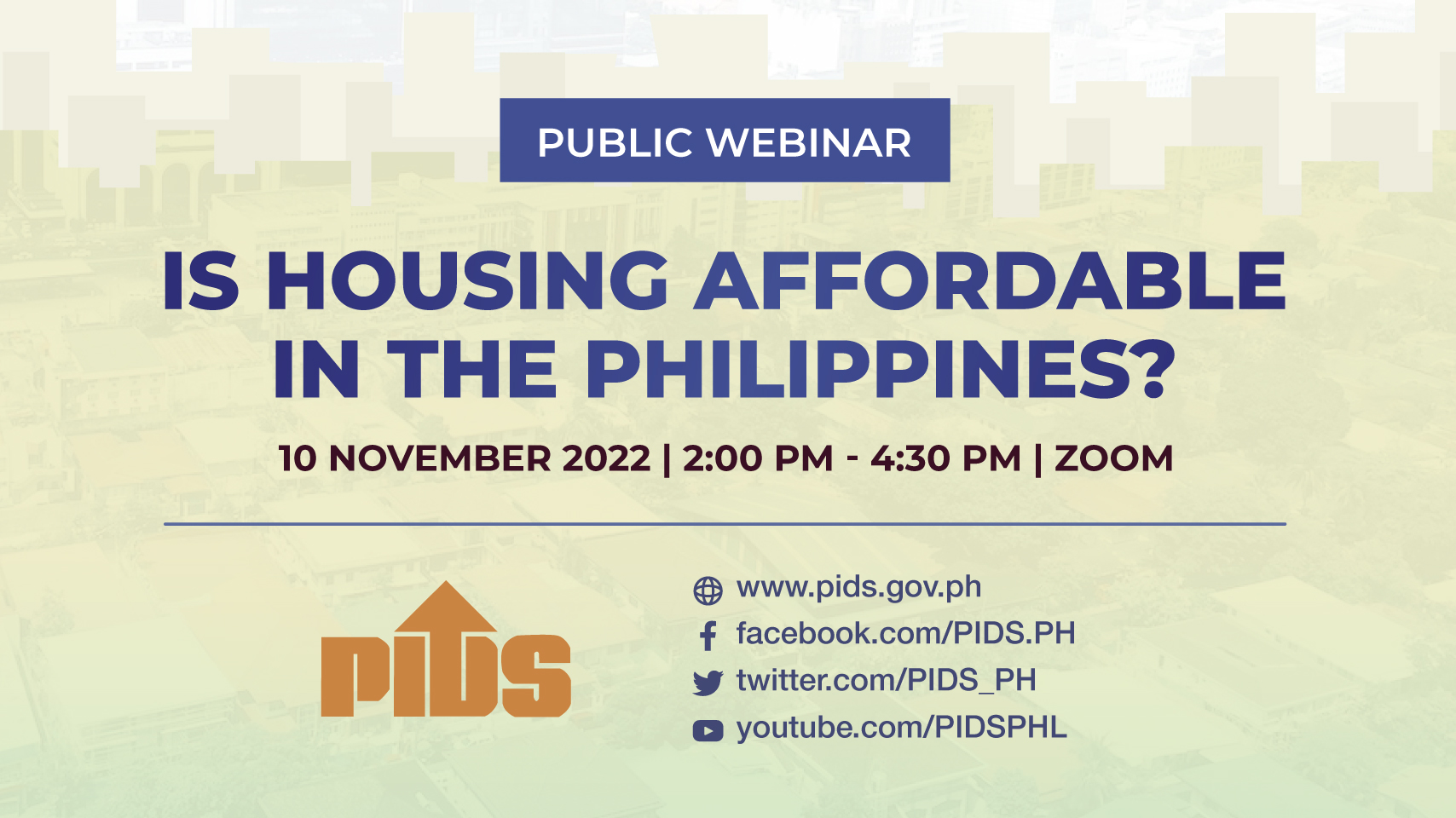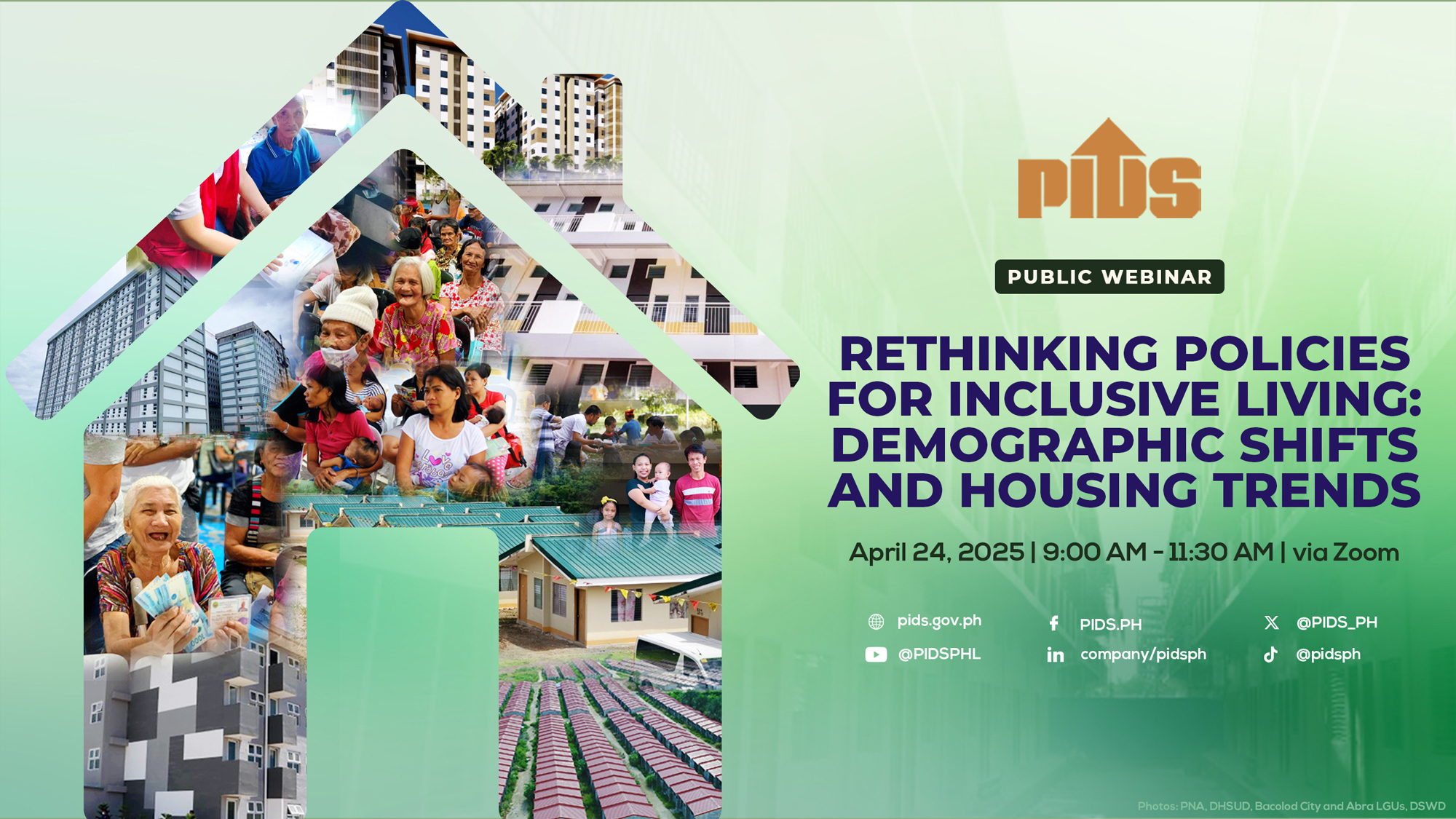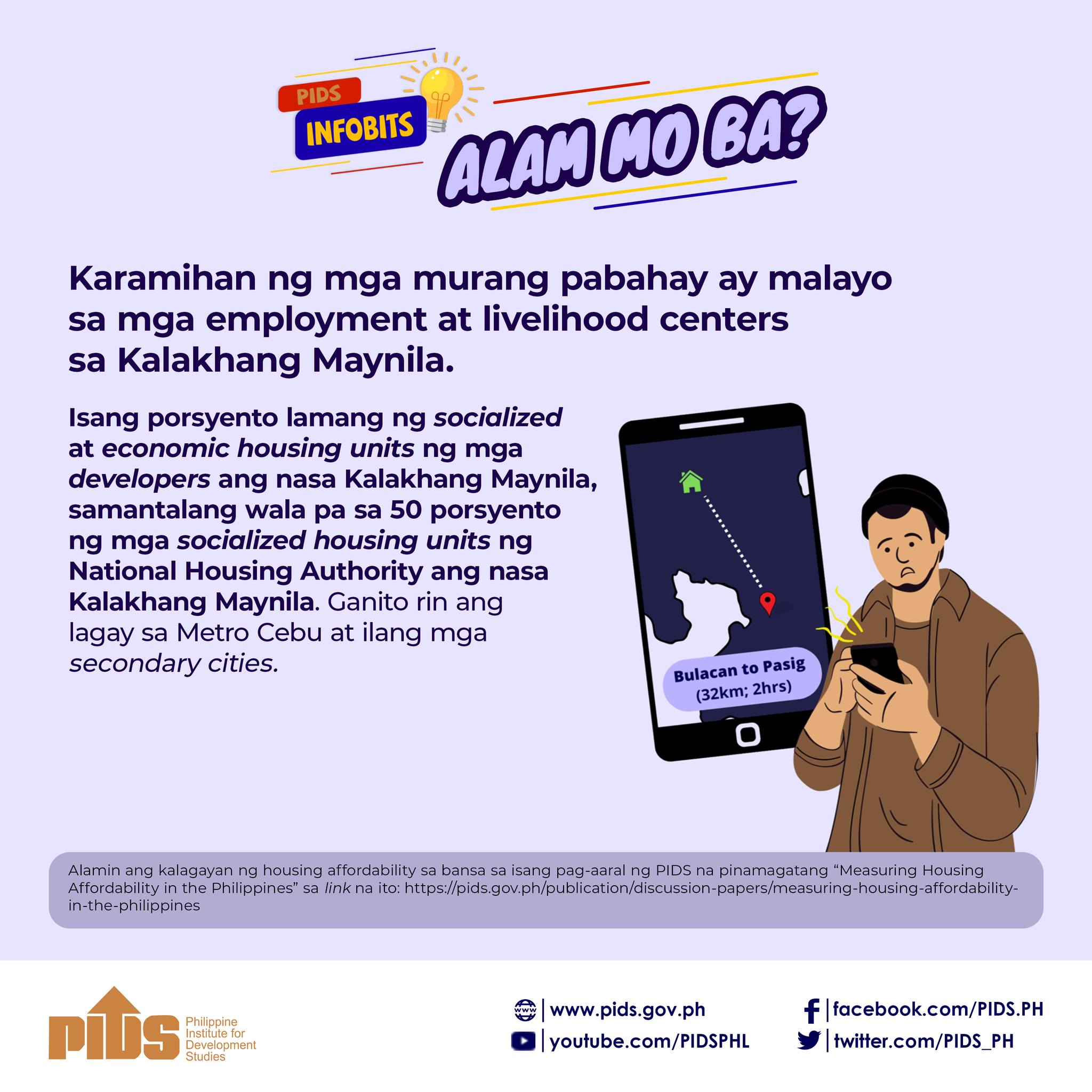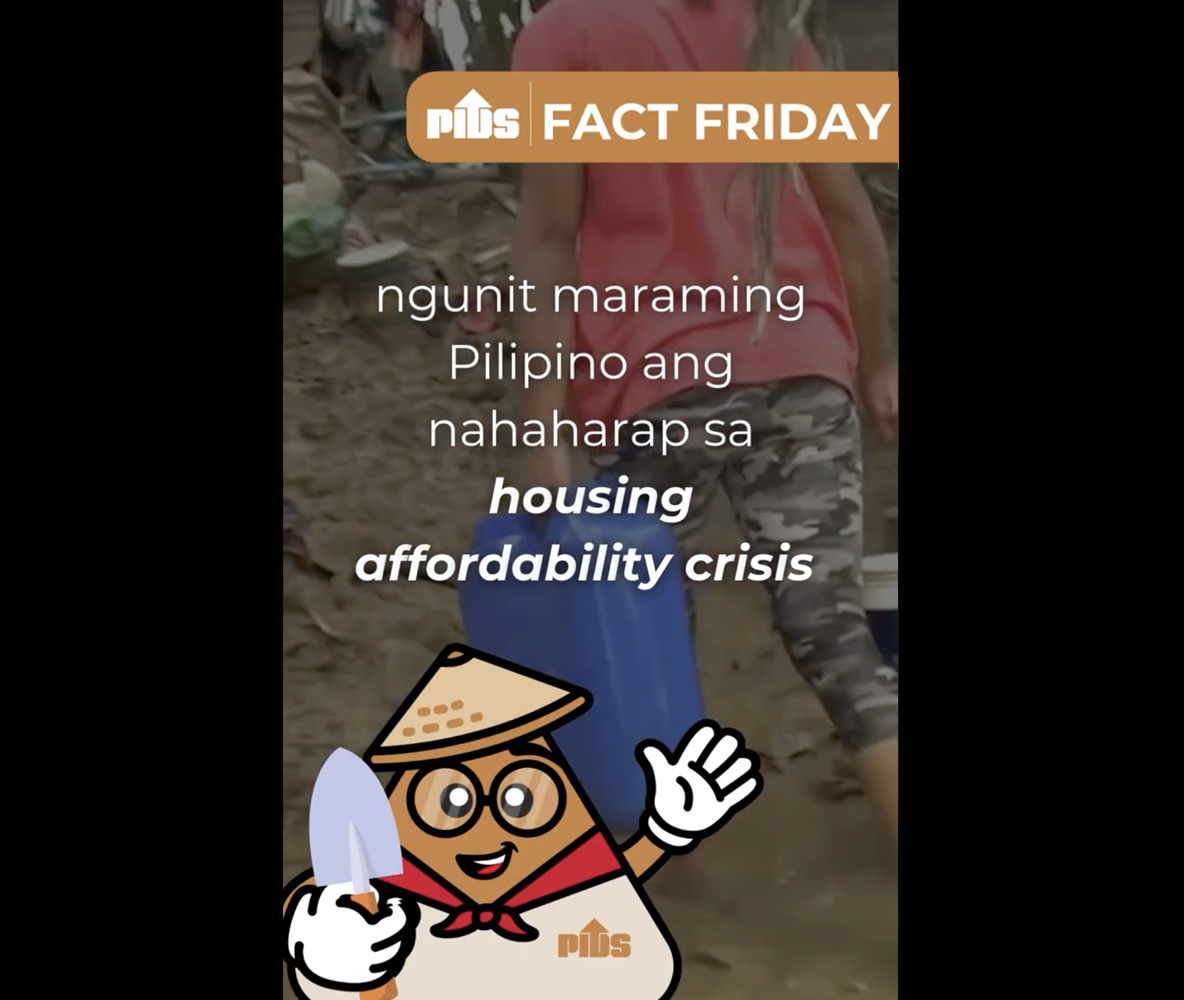The CMP fund is accessed through community associations (CAs).
In highly-urbanized cities like Metro Manila, the maximum loan that may be provided by the CMP may not fully cover the total cost of the land.
The member-households, through their CAs, then become the provider of the funds for the equity.
The downside of this arrangement is that poor households can be excluded from the program because they are unable to raise the equity or they may be forced to borrow, resulting in accumulated debts that are beyond their capacity to pay,” the authors explained.
Meanwhile, on program targeting, Ballesteros and her co-authors pointed out that there is a high probability that non-poor households are being included in the CAs.
CMP mobilizers, who are in-charge of profiling recipients of the program, usually choose CAs that are ready to take on the community loan.
These are usually the communities that have the ability to raise the equity or those who have financial capacity.
The targeting mechanism and the limited role of the SHFC in targeting communities stand the risk of excluding the poor or, conversely, including the nonpoor/nonresident households in informal settlements as beneficiaries of the program,” the study said.
The researchers also warned that the poor may also be neglected when substituting beneficiaries -- a method that has helped improve collection efficiency rate of CMP projects and prevented foreclosures through litigation, saying that “one should be aware that it could be the poor — the program’s target beneficiaries — who are defaulting in payments and being substituted in the process.
The authors also tackled other loan products of the CMP such as the Localized Community Mortgage Program, the High-Density Housing Program (HDHP), and the HDHP People’s Plan.
They also urged SHFC to be proactive in targeting communities and households by prioritizing communities where CMP can bring the most impact—the poor and congested settlements and areas where there are large informal settler families.
According to them, setting up a database that contains the profile of informal settlements in the country will help SHFC identify who should be included in program.
To prevent supposed beneficiaries from being dislodged from the program, the study proposed implementing a subsidy mechanism that should include different modes of private-public arrangements that “can help mobilize land for informal settlers and explore alternative modes of land acquisition, financing, and formalization of households’ rights.
The SHFC should also look into the track record of CMP mobilizers to ensure that they possess the right qualifications in targeting legitimate and deserving beneficiaries.
To address the slow loan approval process, the authors suggest establishing links with critical offices of the Department of Environment and Natural Resources to assess site feasibility of proposed housing settlements. They also urged SHFC to set clear guidelines on recalcitrant households prior to approving take-out loans.
Overall, the SHFC should work toward a transformative community approach instead of a purely property rights reform to effectively help increase affordable housing in the country, the study said.
In highly-urbanized cities like Metro Manila, the maximum loan that may be provided by the CMP may not fully cover the total cost of the land.
The member-households, through their CAs, then become the provider of the funds for the equity.
The downside of this arrangement is that poor households can be excluded from the program because they are unable to raise the equity or they may be forced to borrow, resulting in accumulated debts that are beyond their capacity to pay,” the authors explained.
Meanwhile, on program targeting, Ballesteros and her co-authors pointed out that there is a high probability that non-poor households are being included in the CAs.
CMP mobilizers, who are in-charge of profiling recipients of the program, usually choose CAs that are ready to take on the community loan.
These are usually the communities that have the ability to raise the equity or those who have financial capacity.
The targeting mechanism and the limited role of the SHFC in targeting communities stand the risk of excluding the poor or, conversely, including the nonpoor/nonresident households in informal settlements as beneficiaries of the program,” the study said.
The researchers also warned that the poor may also be neglected when substituting beneficiaries -- a method that has helped improve collection efficiency rate of CMP projects and prevented foreclosures through litigation, saying that “one should be aware that it could be the poor — the program’s target beneficiaries — who are defaulting in payments and being substituted in the process.
The authors also tackled other loan products of the CMP such as the Localized Community Mortgage Program, the High-Density Housing Program (HDHP), and the HDHP People’s Plan.
They also urged SHFC to be proactive in targeting communities and households by prioritizing communities where CMP can bring the most impact—the poor and congested settlements and areas where there are large informal settler families.
According to them, setting up a database that contains the profile of informal settlements in the country will help SHFC identify who should be included in program.
To prevent supposed beneficiaries from being dislodged from the program, the study proposed implementing a subsidy mechanism that should include different modes of private-public arrangements that “can help mobilize land for informal settlers and explore alternative modes of land acquisition, financing, and formalization of households’ rights.
The SHFC should also look into the track record of CMP mobilizers to ensure that they possess the right qualifications in targeting legitimate and deserving beneficiaries.
To address the slow loan approval process, the authors suggest establishing links with critical offices of the Department of Environment and Natural Resources to assess site feasibility of proposed housing settlements. They also urged SHFC to set clear guidelines on recalcitrant households prior to approving take-out loans.
Overall, the SHFC should work toward a transformative community approach instead of a purely property rights reform to effectively help increase affordable housing in the country, the study said.

